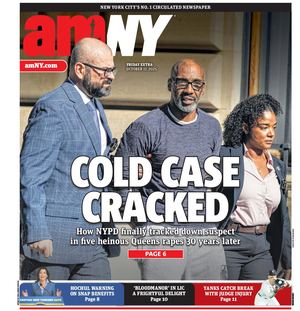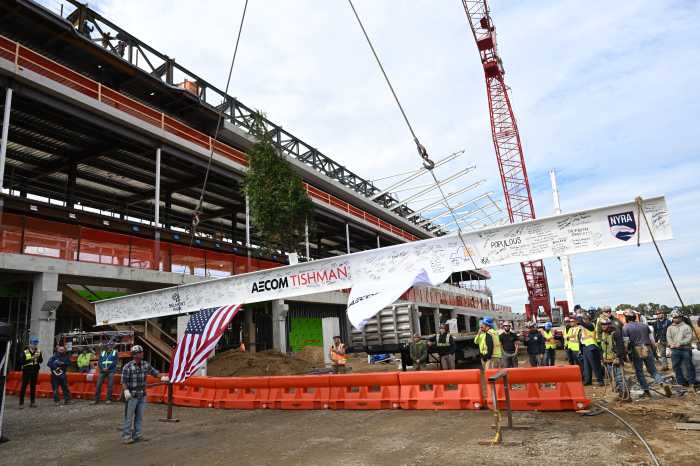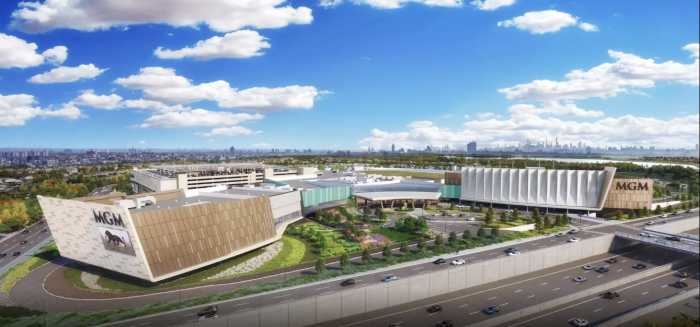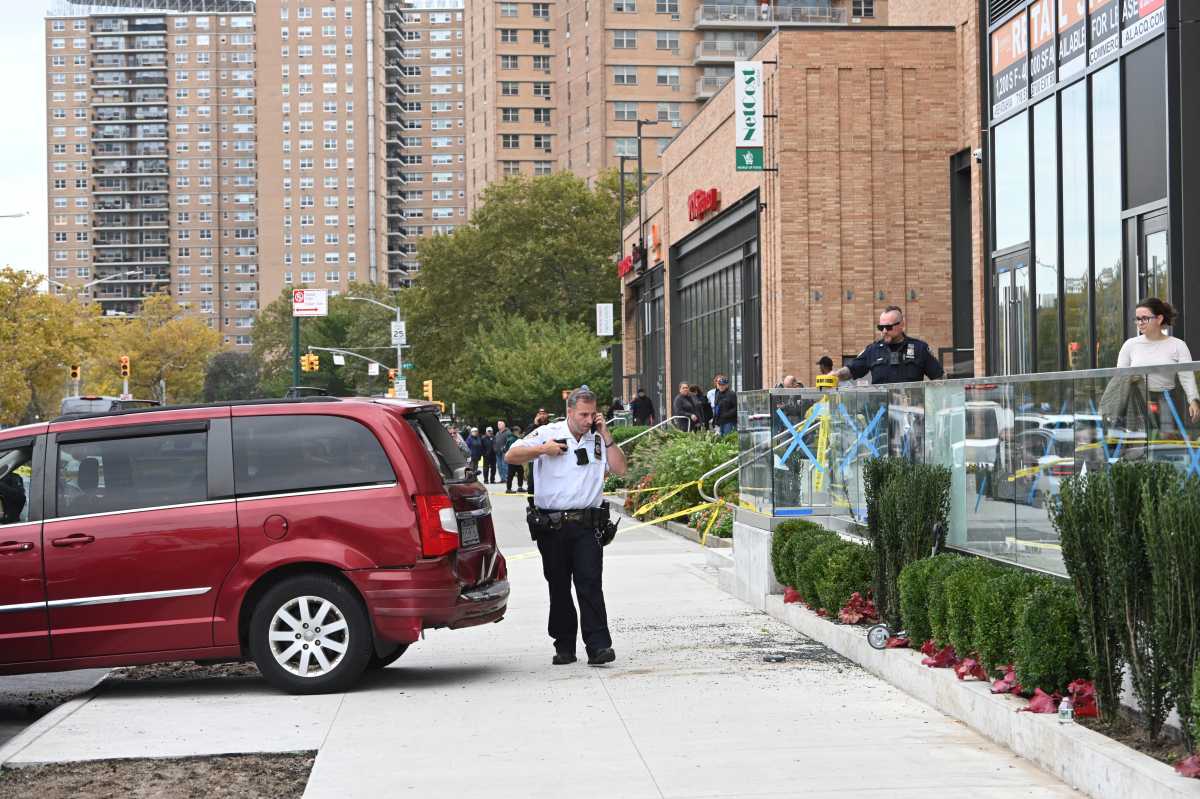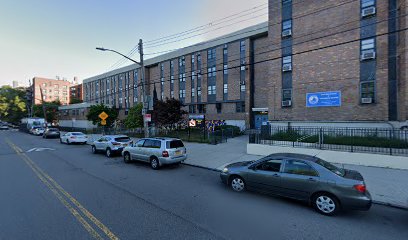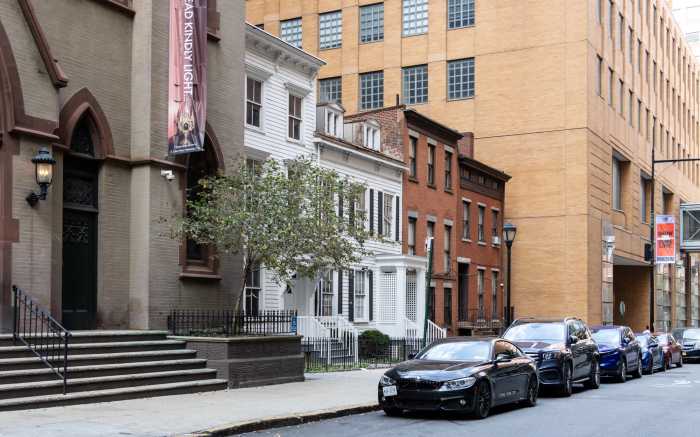Members of Manhattan Community Board 5 recommended rejection Thursday night of two large-scale plans that could have major implications on Midtown redevelopment.
The board passed resolutions opposing a Mayor Eric Adams-backed plan that would fast-track the development of casinos, as well as Gov. Kathy Hochul’s Penn Station-area redevelopment plan. In both motions, the advisory panel argued the plans would discourage housing development in the district.
The board unanimously passed its resolution against the casino zoning text amendment. The move adds Board 5 to a growing number of Manhattan community boards to do so.
Its resolution concerning the Penn Station redevelopment plan passed with a few members voting against. Though the board has a history of opposition to the Penn Station plan and has overwhelmingly passed resolutions against various elements of it before, three members disagreed on the substance of this particular strain of criticism.
The city casino zoning proposal would create a map of certain commercial or industrial zoning districts, which would frictionlessly permit casino development, instead of using the city’s zoning process called the Uniform Land Use Review Procedure, or ULURP, which would force each proposed site to go through an individual review.
“It basically gives up any opportunity to say what a casino should look like, what kind of bulk, what kind of signage, what kind of public realm around each specific casino should actually be required,” said Layla Law-Gisiko, the board’s Land Use Committee chair.
Law-Gisiko also raised the issue that the plan would create a regulatory vacuum on the land use of each site. She said that this could cause problems if the casino decided it wanted to build a hotel — a type of zoning that is by special permit only and requires considerable community input.

The board’s second resolution topic, the land use proposal that the state has designed for Penn Station, would override New York City zoning rules to redevelop nine blocks around the train hall. The plan would involve 10 new buildings on eight development sites, creating around 18 million square feet of office, retail and hotel space.
What the community board argued in its resolution was that the change in zoning would actually preclude the development of residential units on four of the 10 sites.
“Under city rule residential use is permitted. Under the [state’s general project plan] it is not. Given the housing shortage that the city is undergoing and especially acutely in CD5, we feel there is yet another reason to actually ask for the retiring of this proposal,” Law-Gisiko said.
The three community members who ultimately voted against the resolution agreed with Law-Gisiko’s premise that developing new housing stock should be a priority for the community board, but didn’t side with her conclusion about the Penn Station plan.
Board member Samir Lavingia argued that because of the height limits of the floor-area-ratio (FAR) in the current zoning, it wouldn’t be realistic to expect any developer to buy one of the sites and build affordable housing. If any parcels in the plan became residential housing, he argued, it would most likely be luxury housing because the land values in that area of the city are some of the highest in the country.
“We are not going to see any residential housing and zero units of affordable housing. Again, even if we build housing on these sites, zero them to be affordable,” Lavingia said.
Law-Gisiko responded that she thought a combination of real estate lending practices and tax exemptions could make residential development in the surrounding area appealing for developers.
“By saying we don’t like the [general project plan] we consistently hope not to be at war with anyone,” Law-Gisiko said. “But to tell them sometimes forcefully, please go back to the drawing board.”
Read more: Madame Tussauds Unveils Harry Styles Wax Figures Worldwide
